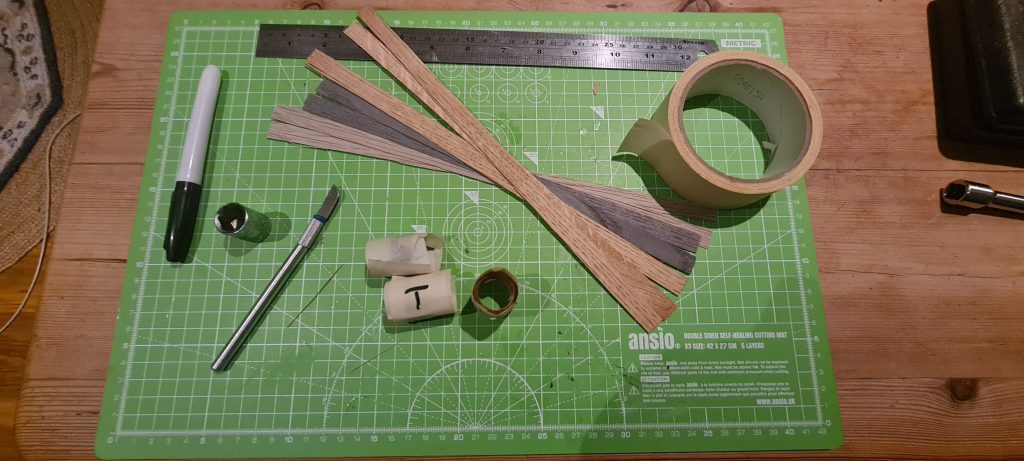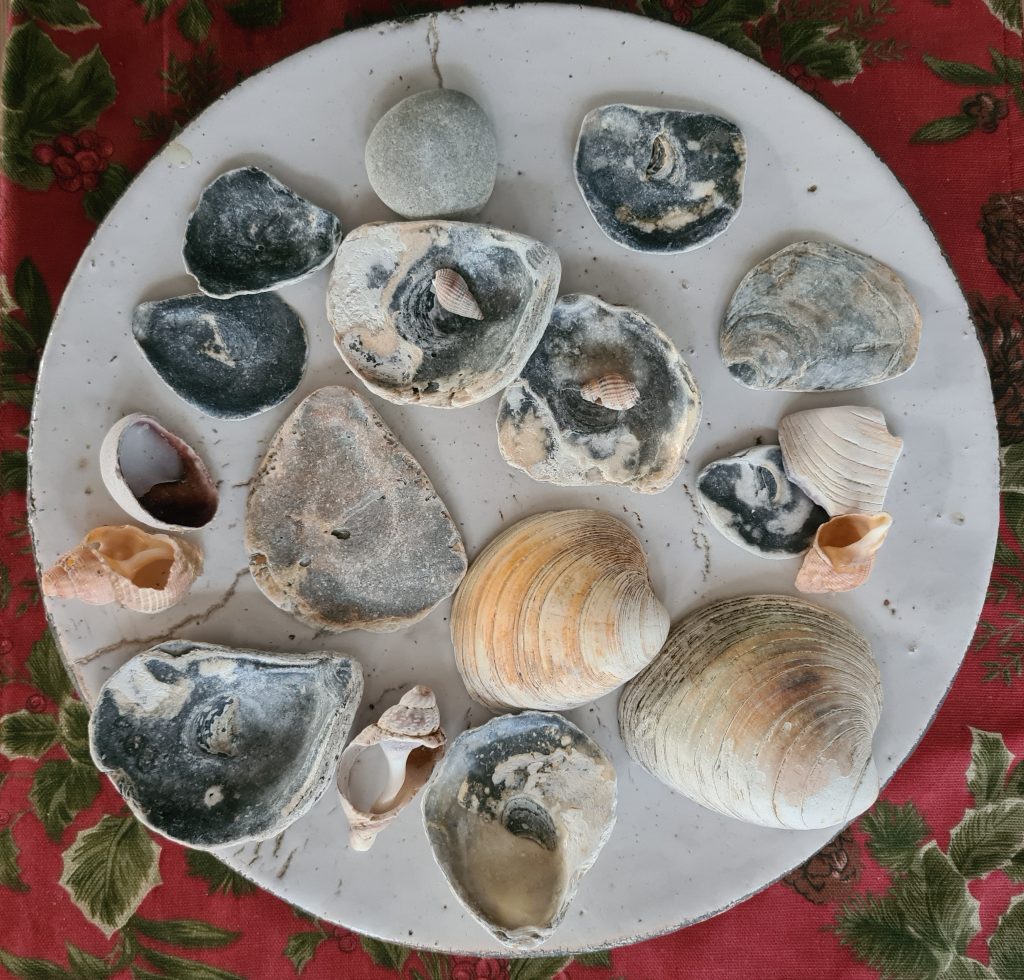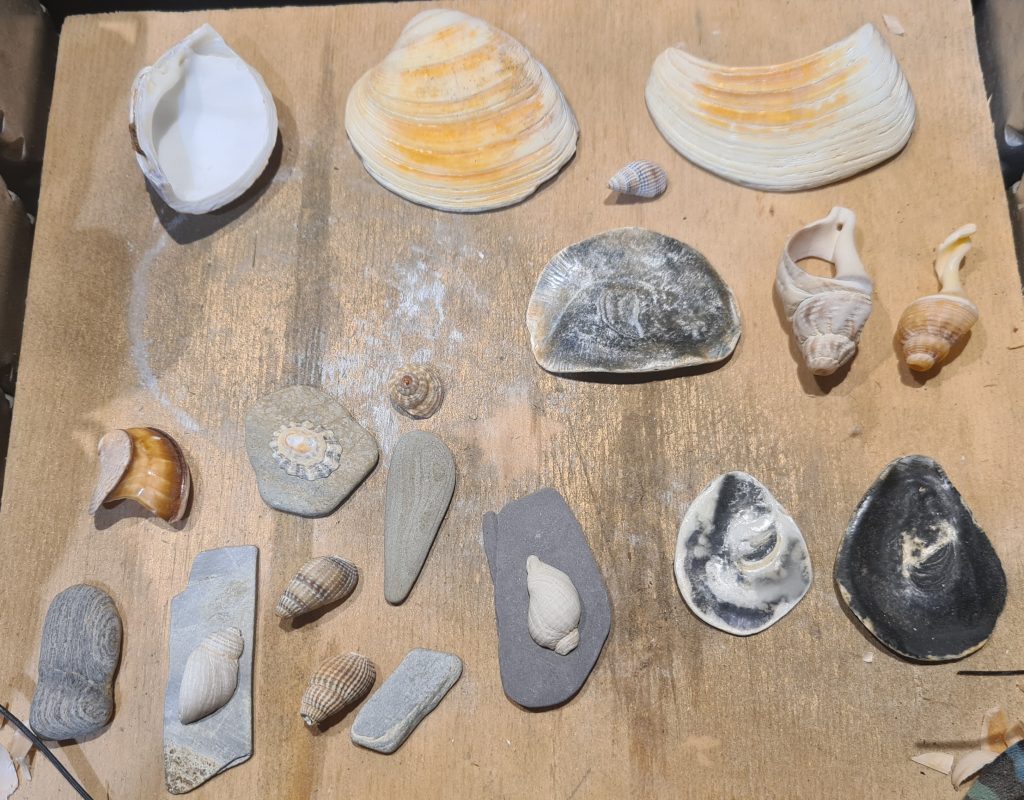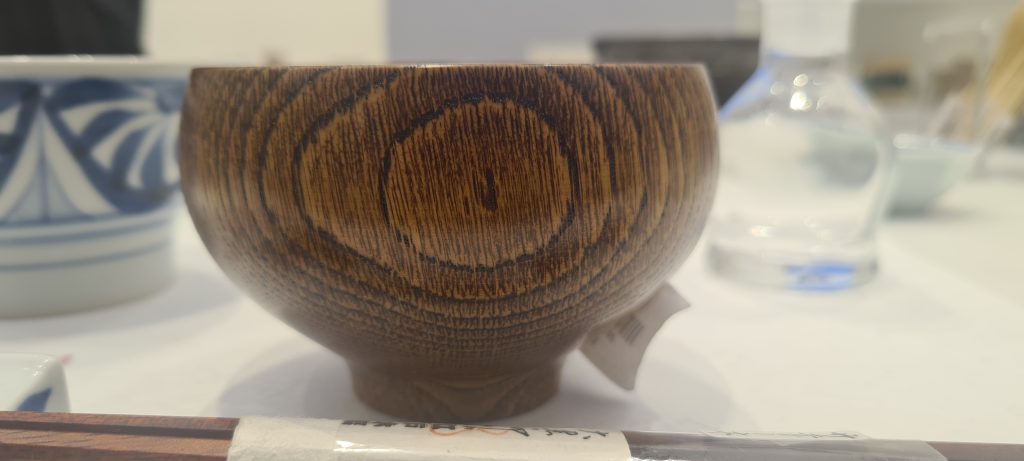Jewellery.

We are all unique. We all have different tastes and styles. Many people like to have things that are considered different, special, or unique. These rings are unique. They are statement rings, meant to catch your eye. They have large stones and striking colours.
When I was looking online one day a guy popped up in my feed and was making bentwood rings. So I did some research and looked at some more videos and decided I wanted to have a go at making one. To get started this is pretty much all you need. I got the wood veneer from Amazon and the rest of the things I already had.

My wife loves chunky silver jewelry. That made we wonder if I could make a wooden ring that she would like. This is the first one that I made. (Below left) The ring is made from walnut wood and the stone is red jasper. I brought two stones so I could make one for my wife and one to sell.
This is the second one that I made for her. (Center left) By now, I knew I could do this. Again the wood is walnut and the stone is striped carnelian, which came from Spain.
The third ring has a small polished stone that came off a beach in Cornwall. I have not done anything to it, just set it in the ring. But it’s a nice memory of Cornwall. If you have something you would like set in a ring, send me a message.
I am always looking for new ideas of how to fit the stone onto the rings.
If you can’t see a ring that you like in your size then send me a message and I will custom make one for you. If you have a specific type of stone you want to use, then let me know.
I try to use wood that suits the colour of the stone. These are statement pieces. I have looked on the internet and I cannot see anything like them. They are unique!
Inlays and Memory Rings.
Another style of ring that I have been making is wooden rings with inlays. These come in different styles. Some are crushed stone which comes in a host of different colours. Then you also get different materials you can inlay. In the first photo it is inlayed with crushed indigo opal. The second and third are crushed carmine opal. The third one is small squares of abalone shell about 5mm square. Abalone when it is polished has amazing colours that jump out at you.
The next ones I call Memory Rings. This ring has crushed indigo opal in it mixed with some of the ashes of the customers deceased Grandad and Grandma. She loves wearing it because she has them with her wherever she goes.
Pendants and bracelets.
For a long time before I started making jewellery I had often walked down the beach and collected things which took my eye.

In the photo below you will see that I have some slightly different shells mixed in. The top right-hand one made a fabulous bracelet. The shape of the shell naturally curved around the top of your arm. I just needed to clean it and smooth down any rough edges. Then I could drill a couple of holes, add some cord to secure it and its finished. Some of the flat worn stones are from Cornwall and you can see that I had already thought of some ideas about placing half a shell on top of them.

I try not to do too much to alter the shells that I find. This is how I found them on the beach. Mainly I clean them, take off any rough or sharp edges, and round off any jagged lines. With some of the shells I may never do anything with them, it just depends on what I can think of in my head. For example, there are two shells at the bottom left that I turned into pendants. You will see the finished product in the photos below.
From there I progressed to making bracelets and anklets. But now I was also adding beads that I had brought to add to the interest. When I was beach combing I found these shells. They had this hole in the top. I collected quite a few of them.

I started to experiment with what I could do to add them to a bracelet or anklet.
Turned wood.
Turned wood comes in many different styles. These are some of my favorites:
In the lefthand picture is a freshly turned green wood bowl. This is a bowl turned from a tree that was still alive when it was cut down. You often find that as you turn them and they start to dry out they distort and change shape, becoming elliptical and sometimes split.
In the center is a spalted wood bowl. Spalted wood is wood that has started to decay. As fungus roots grow through the timber they leave this black stain which can be very pronounced and create intricate patterns in the wood.
In the right picture, these three bowls are all turned from salvaged wood. I still work in construction and sometimes I get the chance to save wood from the skip. These three bowls are made from salvaged floor or roof joists. The middle one came from a job in St Johns Wood London. The house the wood was taken from was built in the mid 1800s. When I turned it I kept all the original nail holes. I even put back into the wood some of the original nails. I think it is amazing that wood like this can be give a new lease of life.
When I go to visit museums and historic house I often look at the shape of bowls to see if I can replicate them. For example, these are bowls that I photographed in Japan house in Kensington last year. I love the shapes and the grain. I know I can replicate these in my own work.

These glass vases or bottles I found in Neptune’s when out with my wife one day. Again there is a great variety of shapes that you could do a lot with.

I started to experiment with what I could do to add them to a bracelet or anklet.

